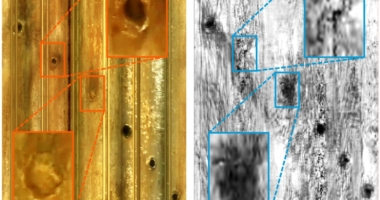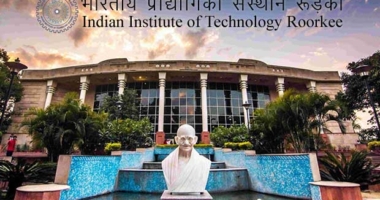Huawei founder Ren Zhengfei revealed that due to U.S. trade sanctions, the company had to replace 13,000 parts used in its products, including circuit boards. Huawei was placed on the Commerce Department’s entity list in 2019, which prevented it from obtaining supplies from the U.S. supply chain. As a result, the company developed its own HarmonyOS operating system and had to modify Qualcomm’s Snapdragon SoCs to avoid working with 5G networks. Despite the ban, Huawei continues to innovate, with a new flagship series, the P60 line, the foldable Mate X3, and the mid-range Enjoy 60, set to be launched on March 23rd. Additionally, Huawei spent $23.8 billion on research and development last year, and Ren plans to increase R&D spending as the company’s profitability improves.
Huawei Replaced 13,000 Parts in Its Products Due to US Trade Sanctions
Huawei founder Ren Zhengfei revealed that the company had to replace 13,000 parts used in its products due to U.S. trade sanctions. Huawei was placed on the Commerce Department’s entity list in 2019, preventing the company from obtaining supplies from the U.S. supply chain, which once provided vital components. The ban forced Huawei to develop its own HarmonyOS operating system, now on version 3.1. Additionally, the U.S. Commerce Department added a new export rule preventing foundries using American technology to build chips from shipping cutting-edge silicon to Huawei. Huawei obtained permission to use Qualcomm’s Snapdragon SoCs but had to modify them so they don’t work with 5G networks. Huawei also had to use a three-year-old Kirin 710A chip to power the upcoming Enjoy 60 mid-ranger.
Huawei had to replace the banned parts with substitutes purchased domestically and redesigned 4,000 circuit boards used in Huawei products. According to Ren’s remarks in a speech he made last month, the production of circuit boards has since stabilized. Reuters reports that it has been unable to independently verify Ren’s remarks. The company’s expenditure on research and development (R&D) continues to rise despite the restrictions placed on it by the U.S. Last year, Huawei spent $23.8 billion on R&D. The company plans to increase R&D spending as its profitability improves.
On March 23rd, Huawei will unveil its latest flagship series, the P60 line, the foldable Mate X3, and the mid-range Enjoy 60. Despite the US ban, Huawei continues to innovate and launch new products.
Don’t miss interesting posts on Famousbio










